When walking and inspecting crops last week for the Donegal edition of In the Fields, the sun was shining, my boots were dusty and cracks were visible in the ground. This would have been a different picture three weeks earlier where many of the fields I walked would have been near waterlogged.
Spring came in two rounds in Donegal this year. The first bout arrived in late March.
Fields began to soak and spring ploughing began. Some spring cereals were drilled while compound fertiliser and nitrogen were applied to winter crops, which had turned a bright shade of yellow at that stage.
But along came April and the first couple of weeks proved to be very wet which brought field work to a halt.
A handful of early-sown spring barley crops suffered as a result of waterlogging.
However, the wet weather set growers back considerably with drilling when compared the rest of the country. While spring cereal and beet drilling are now nearly complete, potato planting is still ongoing in the county.
Spring barley
Most early-sown spring barley is now between the two- and four-leaf stage.
Emergence was excellent, although a small amount of crops are patchy.
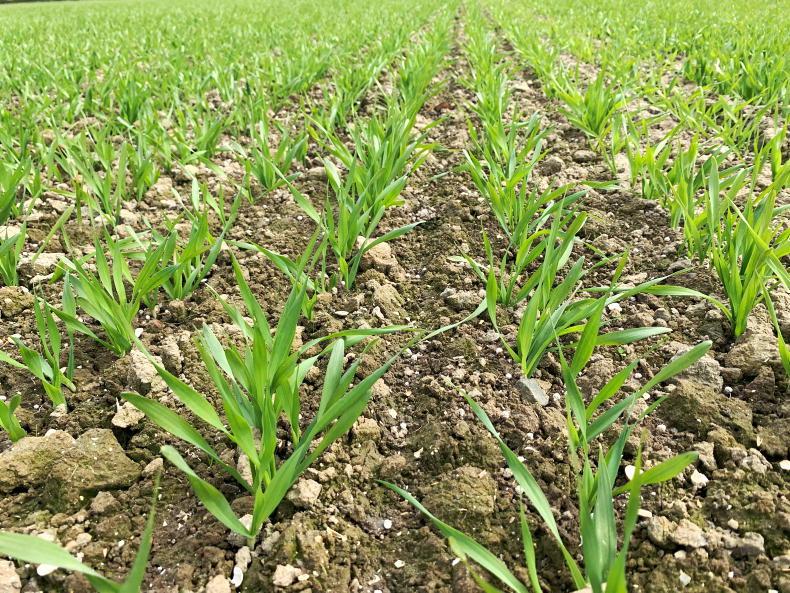
Spring barley crop establishment has been excellent.
Grass and broadleaved weeds are emerging in places as little to no spring herbicides have been applied.
Fertiliser granules are visible on nearly all fields but, despite this, there was still plenty of moisture in the ground, even during the recent dry spell.
The majority of spring cereals were sown over the past two weeks in Donegal. The strike in these crops was excellent, with the tramlines now visible in the earlier-sown fields.
I did come across a few crops with pale and yellowing growth on leaves, which could indicate a trace element deficiency, likely manganese given the area. However, I am certain that this was specific to that field.
There are few signs of active aphids in crops but grubs can be found in some fields, particularly those out of ley.
Overall, only a relatively small amount of grassland appears to have been ploughed up in the county.
Winter barley
Most winter barley crops came through the winter in good order in the northwest. With no lack of moisture, fertiliser has been well and truly washed in and crops are green. Growth stages are ranging from flag fully leaf out to awns at the paint brush stage.
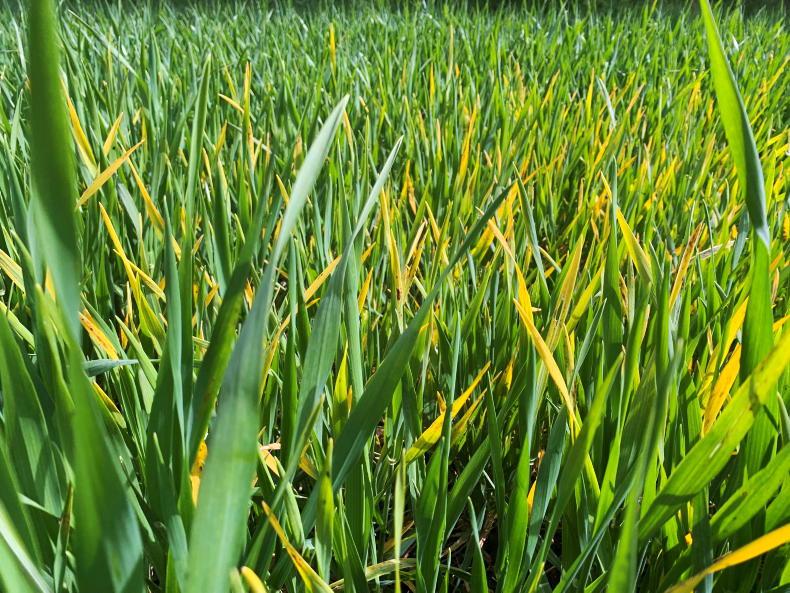
BYDV can be found in many winter barley crops this year.
A somewhat uncommon sight in the northwest is BYDV, patches of which are widespread in winter barley crops across the county. So far, however, it appears to be confined to patches.
While some crops are virtually clean throughout the canopy, active and dead mildew as well as rhynchosporium can be found in crops. Crops are also thin in places but PGR programmes this year have been effective as every crop I came across was stiff.
Winter wheat
Winter wheat crops are more of a mixed bag. I walked some even and well-tillered crops. Equally, however, I saw some thin, patchy and uneven crops and signs of compaction from previous years were obvious.
Septoria can be found in every crop to varying degrees. Growth stages range from third-last leaf fully out to second node detectable. Many crops showed some degree of leaf tipping, more than what would be expected with varieties so it could be spray-related.
Winter oats
Winter oat crops are largely looking very well. While there was some fears that the crops were too advanced coming through winter, the cold start to spring suited them. I didn’t see any obvious signs of stress and crops were healthy and lush.
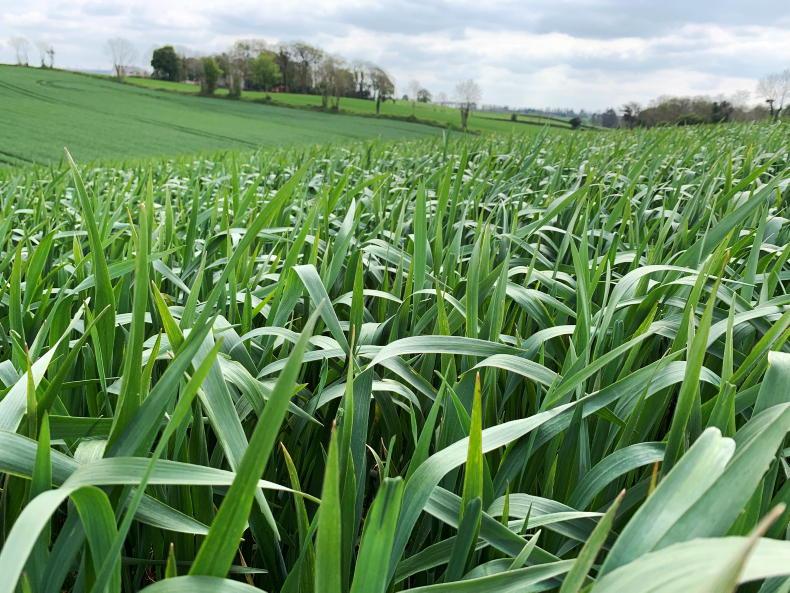
Winter oats looking lush and green.
There were varying degrees of active and dead mildew as well as small amounts of crown rust in crops, however. The flag leaf was just emerging in many of the crops I walked.
Winter oilseed rape
I came across some exceptional looking crops of winter oilseed rape this year, no doubt helped by the good start they had.
The best of the crops were well branched, in full flower with little aborted sites. Other crops are thinner, however, but still with plenty of flowers.
When walking and inspecting crops last week for the Donegal edition of In the Fields, the sun was shining, my boots were dusty and cracks were visible in the ground. This would have been a different picture three weeks earlier where many of the fields I walked would have been near waterlogged.
Spring came in two rounds in Donegal this year. The first bout arrived in late March.
Fields began to soak and spring ploughing began. Some spring cereals were drilled while compound fertiliser and nitrogen were applied to winter crops, which had turned a bright shade of yellow at that stage.
But along came April and the first couple of weeks proved to be very wet which brought field work to a halt.
A handful of early-sown spring barley crops suffered as a result of waterlogging.
However, the wet weather set growers back considerably with drilling when compared the rest of the country. While spring cereal and beet drilling are now nearly complete, potato planting is still ongoing in the county.
Spring barley
Most early-sown spring barley is now between the two- and four-leaf stage.
Emergence was excellent, although a small amount of crops are patchy.

Spring barley crop establishment has been excellent.
Grass and broadleaved weeds are emerging in places as little to no spring herbicides have been applied.
Fertiliser granules are visible on nearly all fields but, despite this, there was still plenty of moisture in the ground, even during the recent dry spell.
The majority of spring cereals were sown over the past two weeks in Donegal. The strike in these crops was excellent, with the tramlines now visible in the earlier-sown fields.
I did come across a few crops with pale and yellowing growth on leaves, which could indicate a trace element deficiency, likely manganese given the area. However, I am certain that this was specific to that field.
There are few signs of active aphids in crops but grubs can be found in some fields, particularly those out of ley.
Overall, only a relatively small amount of grassland appears to have been ploughed up in the county.
Winter barley
Most winter barley crops came through the winter in good order in the northwest. With no lack of moisture, fertiliser has been well and truly washed in and crops are green. Growth stages are ranging from flag fully leaf out to awns at the paint brush stage.

BYDV can be found in many winter barley crops this year.
A somewhat uncommon sight in the northwest is BYDV, patches of which are widespread in winter barley crops across the county. So far, however, it appears to be confined to patches.
While some crops are virtually clean throughout the canopy, active and dead mildew as well as rhynchosporium can be found in crops. Crops are also thin in places but PGR programmes this year have been effective as every crop I came across was stiff.
Winter wheat
Winter wheat crops are more of a mixed bag. I walked some even and well-tillered crops. Equally, however, I saw some thin, patchy and uneven crops and signs of compaction from previous years were obvious.
Septoria can be found in every crop to varying degrees. Growth stages range from third-last leaf fully out to second node detectable. Many crops showed some degree of leaf tipping, more than what would be expected with varieties so it could be spray-related.
Winter oats
Winter oat crops are largely looking very well. While there was some fears that the crops were too advanced coming through winter, the cold start to spring suited them. I didn’t see any obvious signs of stress and crops were healthy and lush.

Winter oats looking lush and green.
There were varying degrees of active and dead mildew as well as small amounts of crown rust in crops, however. The flag leaf was just emerging in many of the crops I walked.
Winter oilseed rape
I came across some exceptional looking crops of winter oilseed rape this year, no doubt helped by the good start they had.
The best of the crops were well branched, in full flower with little aborted sites. Other crops are thinner, however, but still with plenty of flowers.






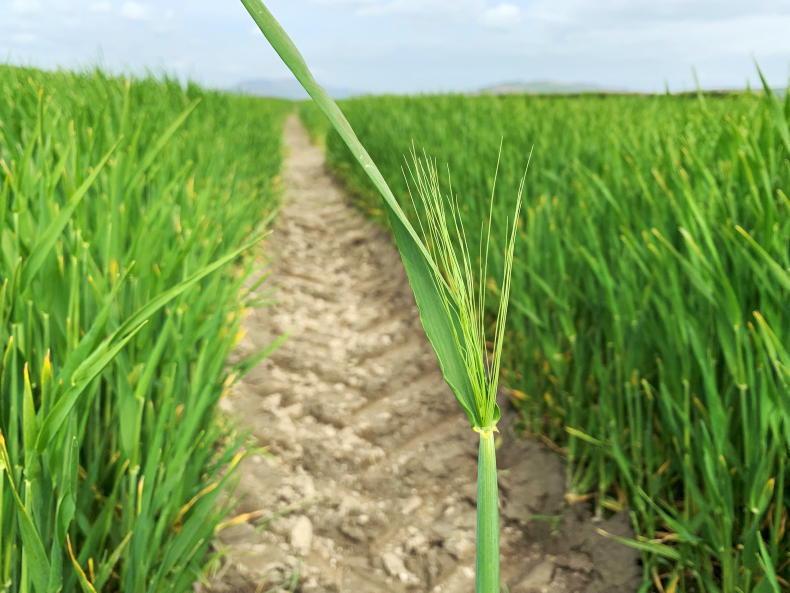

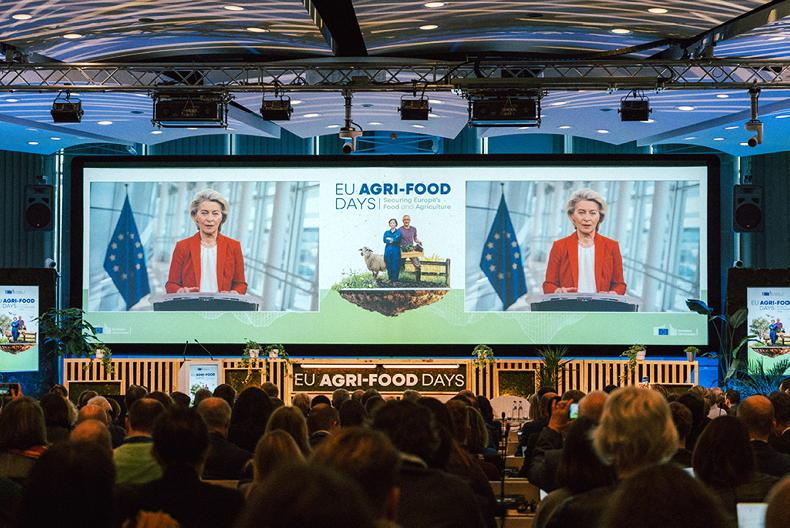

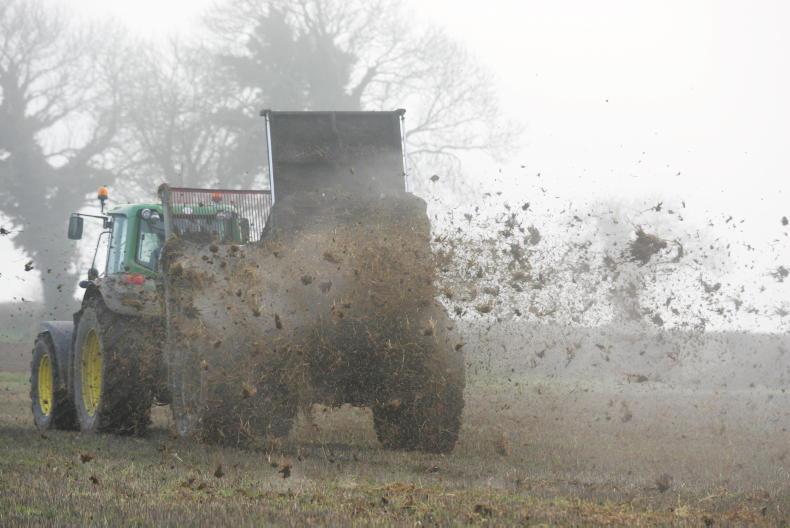
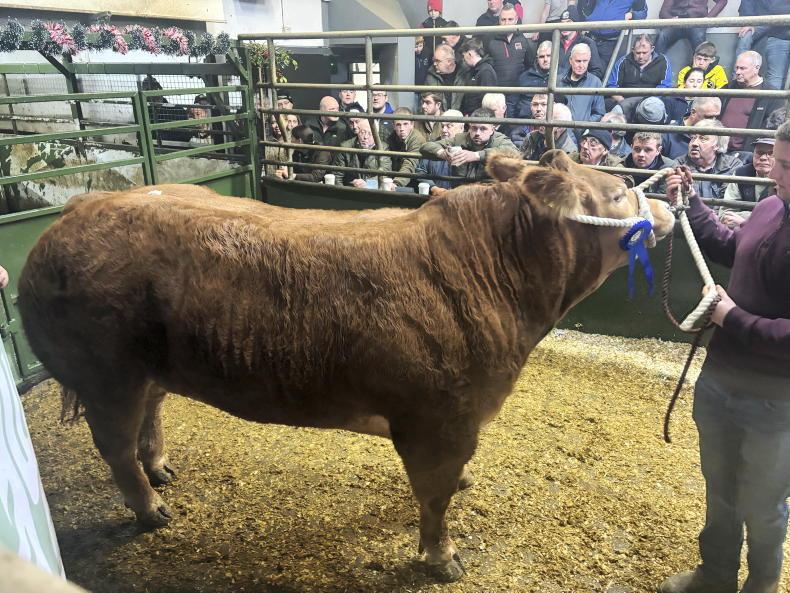
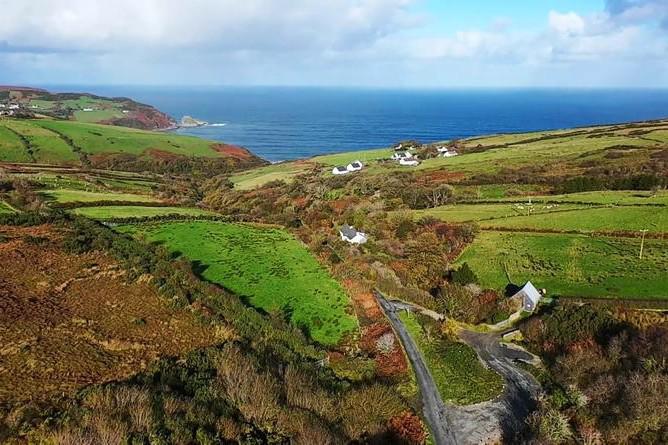
SHARING OPTIONS